Reality shows that Vietnamese audiences are willing to pay and participate in big music shows: the recent live show "Anh trai say hi" in Ho Chi Minh City sold out; Son Tung M-TP set a record with Sky Tour; Den Vau attracted tens of thousands of audiences in all three regions, etc.
Many young artists such as MONO, My Anh, Hoang Thuy Linh, Toc Tien… have been noticed beyond borders.
A large audience, talented and potential artists, but that is not enough. We have talked a lot about Korea as a typical model of music industry development (K-Pop). But a country in Southeast Asia, Thailand, is also doing well in this.
The Thai government has in recent years aimed to turn Thailand into a creative industry hub in ASEAN, with music being seen as a key element to promote Thai culture and attract tourism. According to the Thai Creative Economy Agency (CEA), the Thai music market revenue in 2023 reached about 4.25 billion baht (nearly 126 million USD), an increase of 18.6% compared to 2022 - this impressive increase is said to be thanks to the government's policy of making music part of the national soft power strategy.
A scene from the MV Bac Bling by singer Hoa Minzy (Screenshot).
Thailand has launched several initiatives to support collaboration between the public, private and international sectors to enhance the music industry. For example, the CEA's "Music Exchange" project aims to bring Thai artists to international music festivals, as well as invite prestigious international event organizers to cooperate in Thailand.
In October 2024, Thailand's National Soft Power Strategy Committee and CEA announced the ambitious "Push & Pull" strategy to "take off" Thai music to the world. This strategy consists of two parts: "Push" - proactively bringing Thai artists abroad to perform on the stage of major festivals; and "Pull" - attracting international organizers to Thailand, by inviting them to experience domestic music festivals for long-term connections and cooperation.
In addition to efforts to bring artists abroad, Thailand also focuses on building infrastructure and branding for domestic music events to attract international tourists. The capital Bangkok and tourist cities such as Pattaya and Phuket are becoming familiar destinations for Asian tours: most European-American or K-Pop artists when holding performances in the region choose Bangkok as a stop, thanks to good facilities (Impact Arena, Rajamangala stadiums...), convenient licensing procedures and a large audience market.
Countries with long-standing and thriving music industries such as the US, UK, etc. do not "sit still" but are constantly moving, creating and shaping global tastes. An example is Taylor Swift's tours, which not only create a stir in the US, but are also a major event in any country the singer decides to perform in.
Back in Vietnam, despite the potential, we are lacking a long-term development strategy for the music industry. There are still opinions here and there about the performance licensing procedures, which makes organizing large programs time-consuming, costly and at risk of last-minute cancellation.
Performance infrastructure also does not meet international standards: large stadiums such as My Dinh (Hanoi) and Thong Nhat (HCMC) have a capacity of tens of thousands of people but lack many amenities - no public transport system (metro, rapid bus), lack of parking, service areas, modern restrooms... making the audience experience not high and difficult to organize large-scale events. Domestic sound, lighting and stage technical systems are also often not synchronized and professional compared to international standards; there have been major programs that have encountered sound problems, reducing the reputation of the organizers.
Fans flocked to Blackpink's music event at My Dinh Stadium in July 2023 (Photo: Manh Quan).
Regarding human resource training, Vietnam does not have large-scale entertainment artist training centers like Korea or Japan; the development path of young talents is still fragmented (most artists work hard on their own or come up through entertainment programs on television, without a formal training center). The absence of large entertainment companies playing a leading role is also a weakness - the current Vietnamese music market is mainly small companies, lacking resources for long-term investment or international promotion for artists.
In addition, funding for music promotion activities abroad from the government is almost non-existent, while the private sector is still afraid of the risks of "bringing bells to strike foreign lands".
Despite the shortcomings, the current context is opening up many favorable opportunities for Vietnam to change the situation. Firstly , the success of countries like Korea and Thailand shows that Vietnam can learn from the model and avoid mistakes when following behind - this is an advantage in terms of lessons learned.
Second , the trend of international cultural exchange is exploding through social networks and digital platforms: borderless music can spread faster than ever. Vietnamese artists can fully utilize YouTube, TikTok, Spotify... to reach global audiences at low cost.
Third , Vietnam is in a golden population period with a large, tech-savvy youth - this is a dynamic market to develop new music trends, creating momentum for the industry.
On the management side, in recent years there has been an interest and investment in "cultural industry" and "soft power" in the national development strategy. However, to turn the above potentials and opportunities into reality, Vietnam needs a comprehensive strategy and drastic actions from policy level to organizational practice.
Should the State soon issue a national strategy on the music industry and promoting culture through music until 2030-2040, setting clear goals (for example: music market revenue, number of international events, ranking on the world music map...)?
Vietnam needs to upgrade existing stages and stadiums (My Dinh, Thong Nhat, National Convention Center, etc.) to meet international standards in sound, lighting, safety and amenities. At the same time, encourage investment in building more professional performance complexes in major cities through land and credit incentives for businesses investing in cultural infrastructure.
In terms of connectivity, cities should ensure that public transport options are available for large events (e.g., providing additional bus rapid transit or tram routes to venues, temporary parking and shuttle buses). Adequate support services should be provided around the event area: parking lots, high-quality portable toilets, multilingual signage, and a team of volunteers to assist visitors. These small details create a professional and friendly impression, especially for international audiences.
As infrastructure improves and procedures become more streamlined, Vietnam will become more attractive to international music event organizers.
People are the core element of the music industry. Vietnam needs to have a systematic training plan to produce generations of professional artists, producers, sound engineers, etc., with the capacity to compete internationally. It is possible to consider establishing a Center for training young musical talents following the model of idol training schools in Korea and Japan. This center selects young people with singing and performing talents for comprehensive training (vocal technique, dance, foreign languages, communication skills, etc.) for several years, under the guidance of domestic and foreign experts.
For talents who have become famous domestically, the government can support connections with international partners: for example, partially sponsoring artists to perform at major music fairs in other countries; sending them to study and intern in developed music markets.
Vietnam should also promote music tourism, for example, creating tours that combine watching music shows. Tourism agencies can cooperate with event organizers to promote special tour packages: watching a music night in Hanoi followed by a tour of the northern heritage, or attending an electronic music festival in Da Nang with a beach holiday.
On the contrary, at international tourism and sports events held in Vietnam, top artists should be invited to perform the opening or closing ceremonies.
For the music industry to develop sustainably, the role of the private sector and international cooperation is indispensable. The government should have policies to encourage investment in the music industry: such as tax incentives for music production companies and record labels; simplifying funding procedures, socializing art programs; and stronger copyright protection to attract foreign investors to feel secure when doing business in Vietnam.
Vietnamese music reaching out to the world is not only a story of the entertainment industry, but also a story of raising the position and image of Vietnam in the eyes of friends around the world - a young, creative and integrated Vietnam. According to the United Nations Educational, Scientific and Cultural Organization (UNESCO), the creative industry accounts for more than 3% of global GDP and creates tens of millions of jobs - Vietnam should not stand outside that flow. With the right direction and high determination, we can bring works like "Bac Bling" to the world.
Author: Nguyen Nam Cuong is a lecturer at FPT University, a PhD student in Human Geography at the AKS Academy of Korean Studies (Korea). He is also the author of many television series about Korea, Colombia and the Mekong Delta.
Dantri.com.vn
Source: https://dantri.com.vn/tam-diem/lam-gi-de-mang-bac-bling-ra-the-gioi-20250502171614835.htm



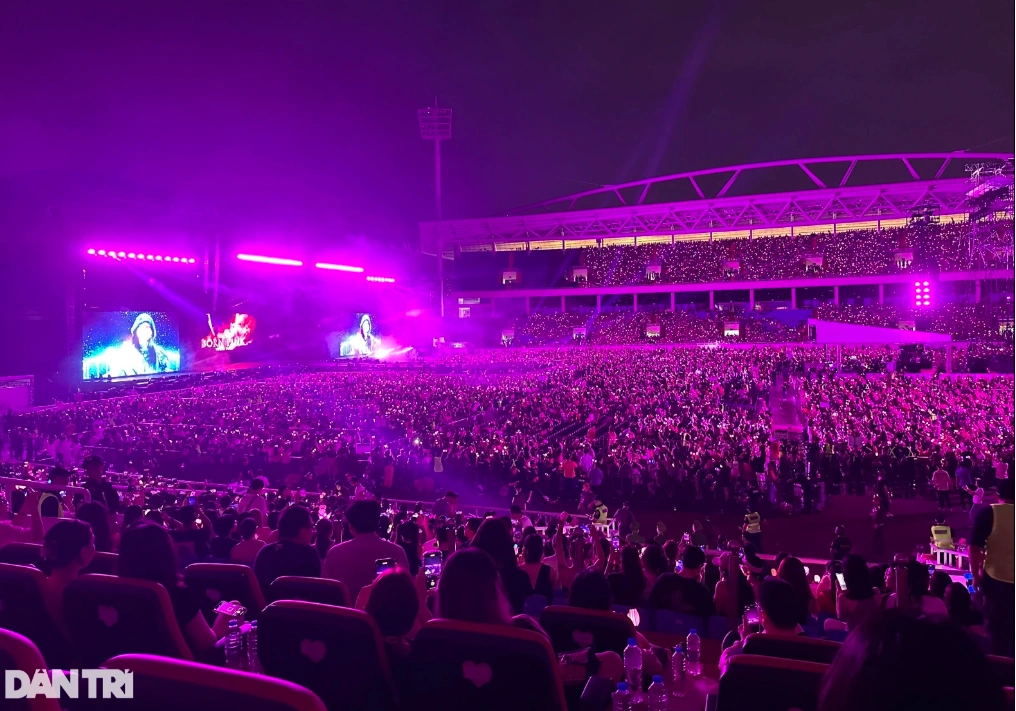
![[Photo] Hanoi morning of October 1: Prolonged flooding, people wade to work](https://vphoto.vietnam.vn/thumb/1200x675/vietnam/resource/IMAGE/2025/10/1/189be28938e3493fa26b2938efa2059e)


![[Photo] Keep your warehouse safe in all situations](https://vphoto.vietnam.vn/thumb/1200x675/vietnam/resource/IMAGE/2025/10/1/3eb4eceafe68497989865e7faa4e4d0e)

![[Photo] President of the Cuban National Assembly visits President Ho Chi Minh's Mausoleum](https://vphoto.vietnam.vn/thumb/1200x675/vietnam/resource/IMAGE/2025/10/1/39f1142310fc4dae9e3de4fcc9ac2ed0)
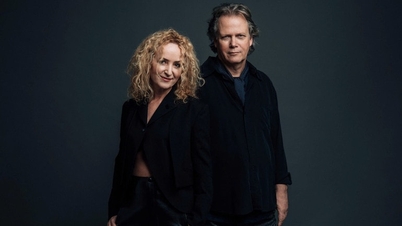










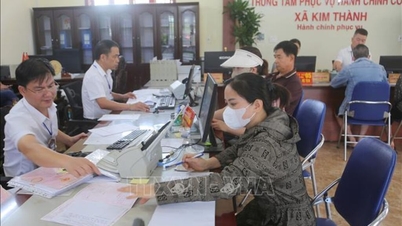

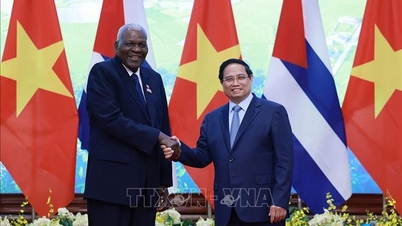
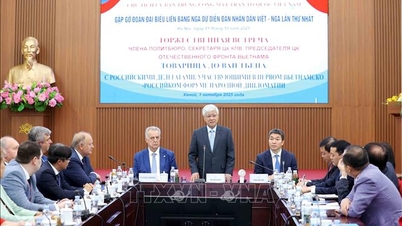
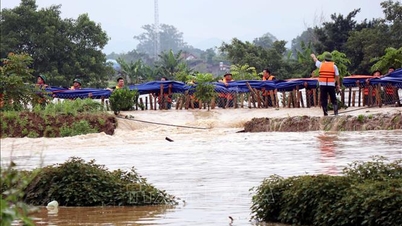






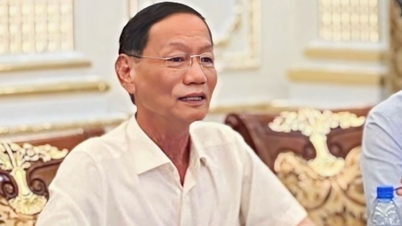
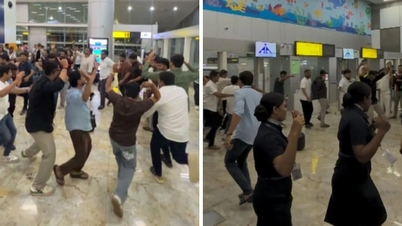

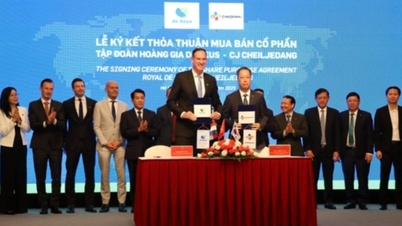
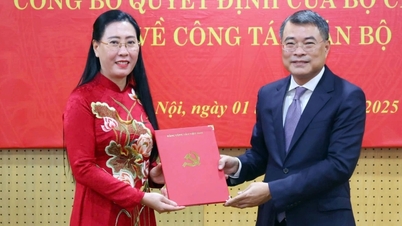





































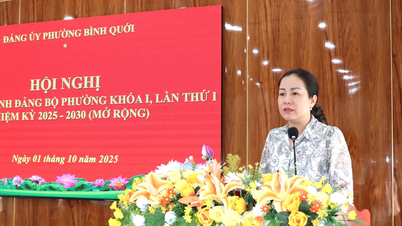

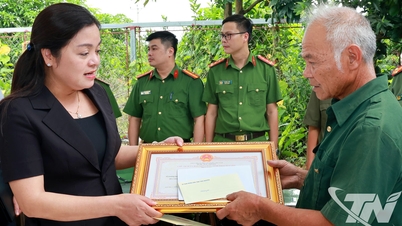

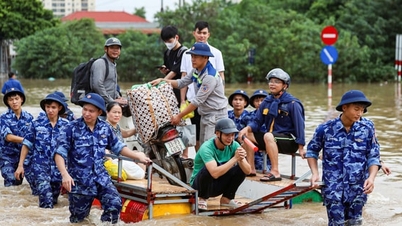
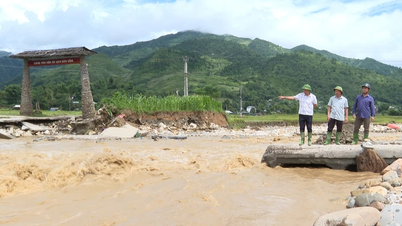

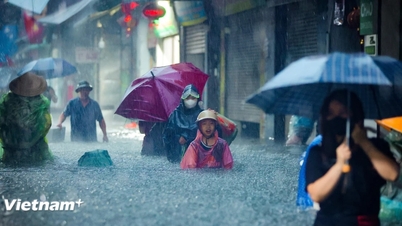















Comment (0)